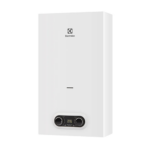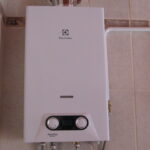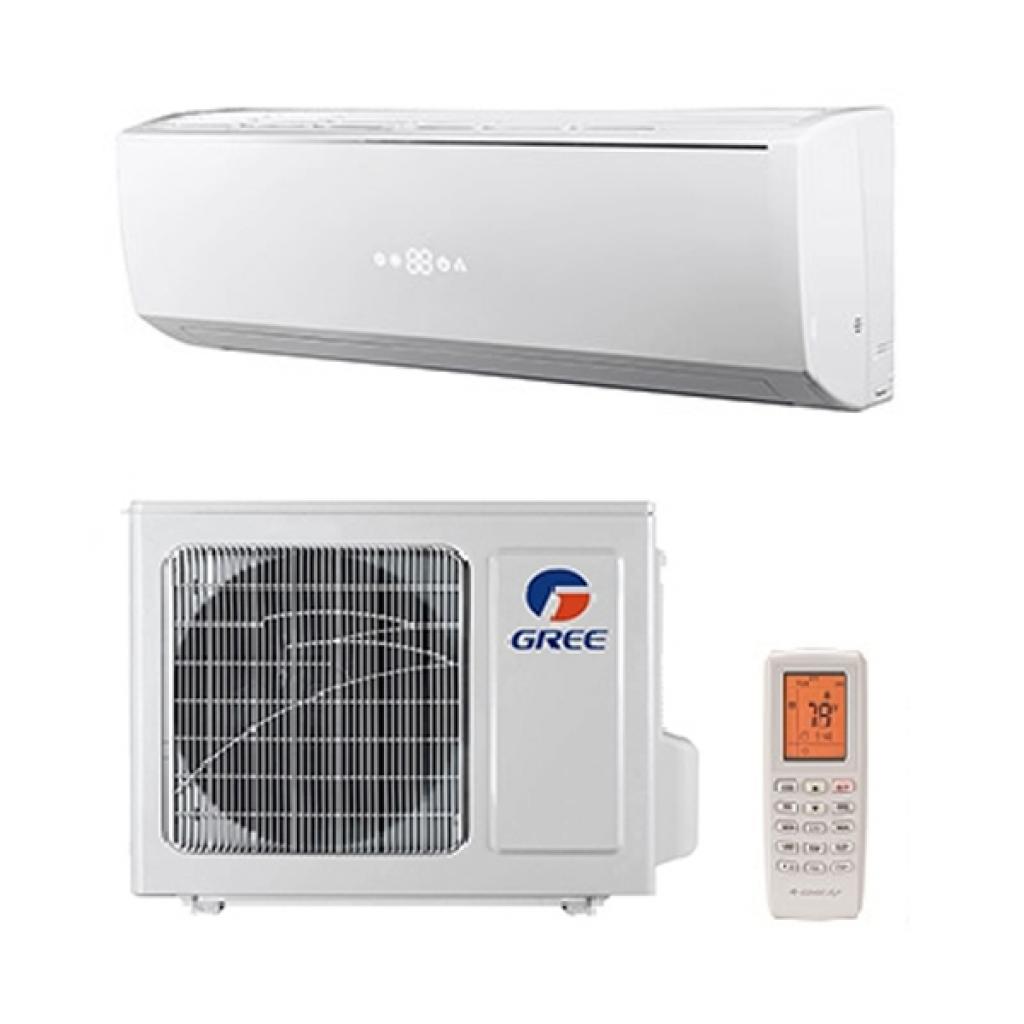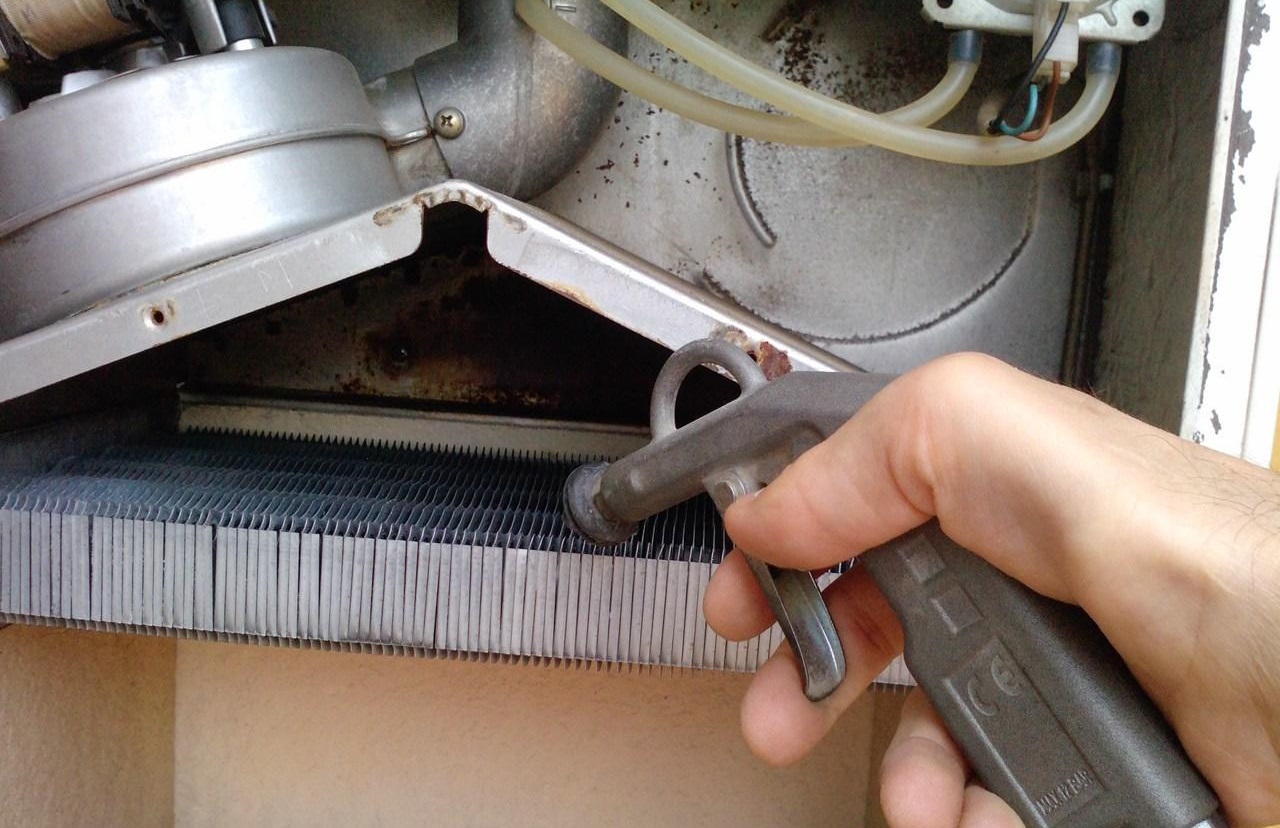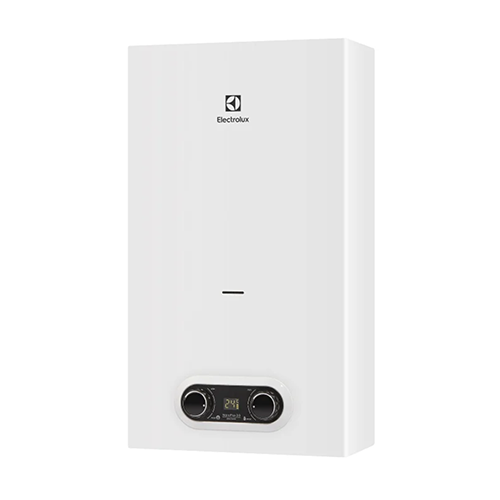How to properly set up a gas water heater? Self-regulating temperature
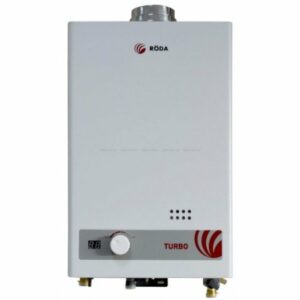
teplovoz.ua
A geyser is a device for heating water, popular both in private homes and apartments. Having purchased a speaker, you are most likely faced with the problem of setting it up. The indicators set by the factory are not suitable for you, they are not universal, so after installation it is necessary to adjust the gas water heater. This will save water, gas and electricity. Also, proper setup of the unit will increase its service life and save your budget.
Read further: how to properly set up a gas water heater yourself, adjusting the temperature of the gas water heater.
The latest models of geysers are equipped with electronic equipment that automatically adjusts for each specific situation. That is, you don’t need to configure it yourself - the device will do everything itself.
Preliminary work/preparation. If you carefully and carefully carry out the adjustment, it will take no more than 20 minutes.
First of all, when preparing, set the water supply to a minimum. This is required for all models. Otherwise, the indicators will differ. The flow rate you need must be equated to 8, 10 or 12 liters, but these figures can be reduced or increased depending on the situation. It is possible to achieve precise adjustment values if you use one hot water mixer. Having set the minimum value for water, repeat the action with gas. This is necessary to bring the gas water heater to its initial parameters.And the last step is to connect the electronic equipment for adjustment. To do this, connect the plus, minus and phase wires, then install batteries, batteries or other consumable power sources.
How to set up a gas water heater - step-by-step instructions
We remind you that the process is quite short, but you need to be careful in every detail. The first time will be the hardest, but subsequent times it will go faster.
After preparation, you need to set the minimum supply of liquid with gas (the values are specified in the instructions, usually for water it is 6/8 or 10/12 liters per minute, but you set the gas for your specific device), turn off the tap, supply only hot water and connect the electronics - you need to start the column. Wait until the water warms up, then measure its temperature. To do this, measure the temperature of cold water from the tap, then open the hot water to maximum and measure its temperature. The difference between the input and output should be about 25 degrees Celsius. If it is significantly hotter/colder, then this needs to be corrected. To do this, twist the gas handle or toggle switch. The main task of the toggle switch is to increase/decrease the pressure of water coming out of the column. High pressure means low temperature, low pressure means high temperature.
The water does not heat up instantly, so you need to be patient when adjusting. After any change in indicators, you must wait a couple of minutes until the water heats up.
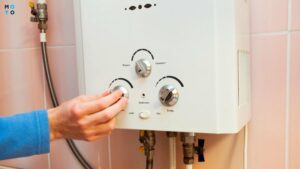
teplovoz.ua
According to the recommendations of experts, it is not recommended to set water heating to more than 55 degrees Celsius. During operation of the geyser, when heated, calcium salts are released, which settle in the heat exchanger tubes and form scale, causing the water to heat up worse.Also, the larger the scale layer is formed, the smaller the diameter of the tube and, accordingly, the water pressure. Scale formation is a natural process; To prevent it from leading to serious problems, it is necessary to clean the geyser 1-2 times a year. However, at a heating temperature of more than 55 degrees, scale forms much faster, so even if you like your water hotter, do not heat the water above 55 degrees.
Possible problems. Most often, during self-configuration, users encounter the following problems:
- Water pressure jumps
- Water is supplied under low pressure
Unstable pressure in your water supply will lead to rapid wear and tear of equipment that works with water, including a gas water heater. Pressure changes greatly wear out the seals and rubber bands at the joints, which causes leaks. If there are serious problems with pressure drops, the pipes or heat exchanger may burst. To solve this problem, it is enough to install a pressure regulator in the water supply system. Pressure problems can also be caused by a faulty valve that requires replacement.
Due to the reduced water pressure, the heat exchanger does not have time to fill with water. The heat exchanger itself is an intermediary that transfers heat from the burner flame to the water. If there is not enough water, the mediator begins to absorb heat. However, the device cannot withstand such high temperatures for long. As a result, the heat exchanger burns out, melts or begins to leak. To avoid this, manufacturers of geysers have been producing models with protection against low pressure for the last 10-15 years. The protection works on the principle of “low pressure – the column will not light.”If the pressure drops sharply, then most likely there is a problem with the water supplier; in this case, contact the appropriate service. If you have always had low water pressure, it is recommended to install a pump in the water supply to increase the pressure. Also, the problem of low pressure is caused by scale formation/clogging of pipes and leakage.

